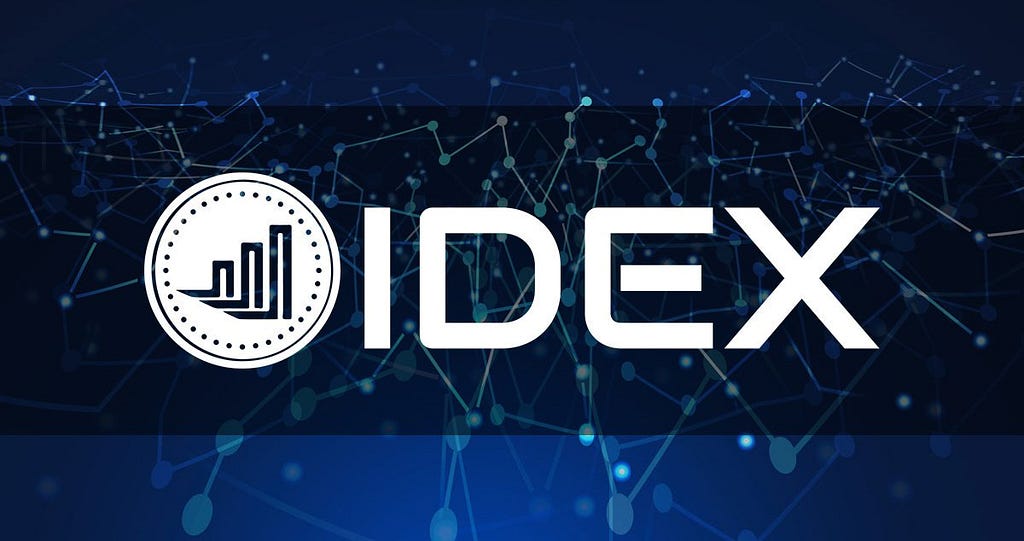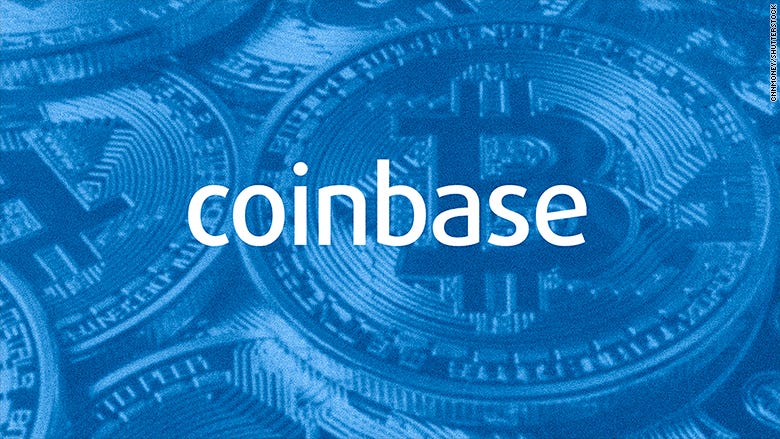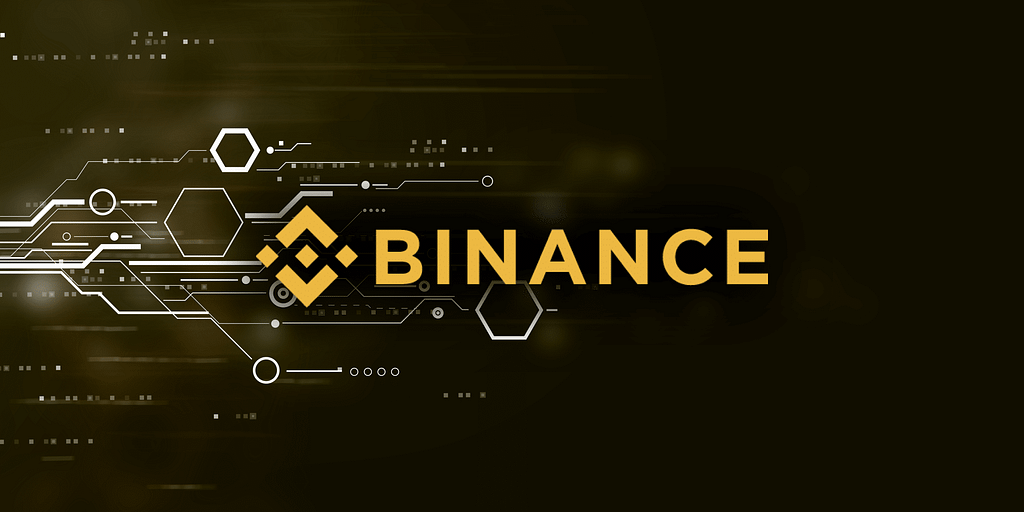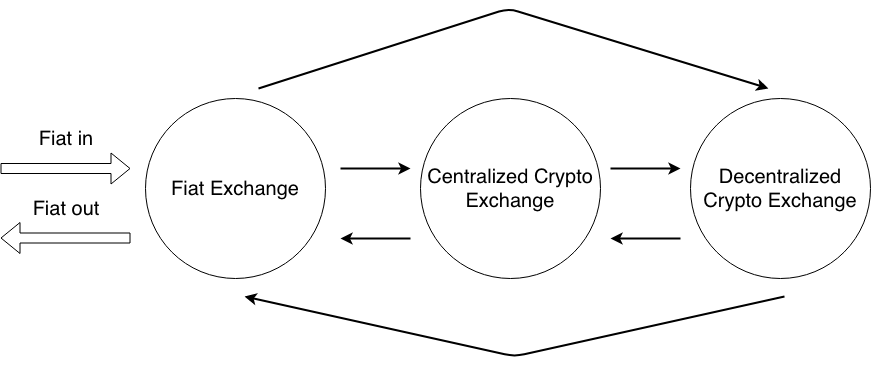Latest news about Bitcoin and all cryptocurrencies. Your daily crypto news habit.

One of the difficult things about crypto in its current state is that investors usually need to use multiple exchanges. Some exchanges offer fiat entry with a limited selection of coins, others offer a wide variety of coins but only once they have established longevity in the market, and others strictly offer new, unproven coins. At the moment, the taxonomy of exchanges contains three main categories: fiat exchanges, centralized crypto exchanges, and decentralized crypto exchanges.
This category includes well-known exchanges like Coinbase or Gemini, as well as some newcomers like COSS. These exchanges allow users to buy crypto directly with fiat currency (such as USD), and are a critical component of the crypto ecosystem. The downside to fiat exchanges is that they usually have a very limited selection of coins available for purchase. Since they accept fiat currency, they are under much higher government scrutiny and as such, need to be compliant with all regulations. They are therefore very slow to add new coins, as they must rigorously confirm that the coins they add to their exchanges are legitimate projects that, themselves, are compliant with the law. Fiat exchanges also typically require detailed KYC processes for exchange users. New investors may choose to end their journey at this step if they are content with only investing in larger, established projects. Investors seeking more risk and more reward will usually use fiat exchanges in order to acquire Bitcoin or Ethereum that they then use to buy altcoins on a crypto exchange. For a detailed guide on using Coinbase, check out my guide.
This category includes exchanges like Binance and Kucoin. These exchanges offer trading pairs only with other coins. So, for example, in order to buy ChainLink, you must offer up one of the other coins it is paired with, such as Bitcoin or Ethereum. Crypto exchanges are more relaxed in terms of regulatory compliance and customer KYC processes since they do not directly take fiat currencies from users. Still, centralized crypto exchanges only tend to add coins once they have reached a certain level of maturity in the market. Since they are ran by companies of publicly-known employees, it is in the best interest of these exchanges to not be overzealous with adding new coins and to verify the legitimacy of coins before adding them. For a detailed guide on using Binance, check out my guide.
Decentralized Crypto Exchanges
This category includes exchanges like IDEX. These exchanges also only offer trading pairs with other coins. Decentralized exchanges significantly increase security by not storing customer information or assets on a central server. This means that hackers would be unable to steal anything in the case of a security breach. This is an improvement over centralized exchanges, which, as history has shown, are vulnerable to being hacked. Decentralized exchanges are the most lax in terms of regulatory compliance, and typically offer a completely anonymous experience for users. For this reason, decentralized exchanges are often the first place to list new coins. This is a double-edged sword; while it does allow investors to get in at the ground floor of promising projects, it also leaves investors vulnerable to scam projects that would not have made it into a centralized exchange. Thus decentralized exchanges are recommended only for users who have done significant market research.
Putting It Together
Now that you know what each type of exchange is used for, you can decide on your favorite from each category (I prefer Coinbase, Binance, and IDEX), and go through the entire process from start to end. Typically, the purchasing flow begins at a fiat exchange and ends at one of the crypto exchange types. Cashing out goes in the opposite direction, beginning at a crypto exchange and ending at a fiat exchange.
Keep in mind that as the crypto ecosystem matures, these relationships may change as new decentralized exchanges add more features such as fiat pairings.
Make sure you give this post 50 claps and my blog a follow if you enjoyed this post and want to see more.
To sign up to Coinbase, feel free to use my referral link (we both get $10 for free if you use it!): https://www.coinbase.com/join/5a241be35d022f0121b103c8
To sign up to Binance, feel free to use my referral link: https://www.binance.com/?ref=15025598
Which Crypto Exchange Should You Use? was originally published in Hacker Noon on Medium, where people are continuing the conversation by highlighting and responding to this story.
Disclaimer
The views and opinions expressed in this article are solely those of the authors and do not reflect the views of Bitcoin Insider. Every investment and trading move involves risk - this is especially true for cryptocurrencies given their volatility. We strongly advise our readers to conduct their own research when making a decision.



